Ariane Todes sampled a variety of musical offerings last week in New York
Someone just asked me which has the better classical music
scene – London or New York. It’s a tough call, but after a month in
New York, and on the basis of my outings over the last week, I’d
say that New York has the edge in terms of sheer quantity of gigs,
and their range – even ‘off-season’.
Two gigs on Sunday gave some sense of the range of venues available
here. At 2pm I was on a barge in Brooklyn overlooking the Hudson
River and the skyline of downtown New York. Bargemusic is a tiny,
intimate venue which rocks with the water and occasionally bumps
into the side of the pier in the quiet bits of music.
I was there to see cellist Matt Haimovitz with his colleagues of
the Uccello project – arrangements for eight cellos of various jazz
numbers by the likes of Miles Davis and Charles Mingus. Haimovitz
introduced it saying, ‘If you close your eyes you should hear a big
band.’ Although it might not have had quite the volume of brass
instruments, the sheer range of sound qualities was pretty
staggering, whether the players were imitating electric bass,
guitar or keyboard. I certainly never knew how well the cello works
as a drum – a few numbers made use of a $50 instrument with two
players beating it in just about every available spot – front,
back, ribs, neck – to create a whole orchestra of beats. By the end
even the octogenarian members of a synagogue tour party from New
Jersey were loving it.
By 7.30 I was in a nightclub on Bleecker Street. (Le) Poisson Rouge
(LPR) is a venue that comes up in The Strad review section
regularly, with exciting programmes, so I was keen to go. This
concert was of shortish pieces and movements performed by musicians
from The Academy – an educational project run by Carnegie Hall and
The Juilliard. Pärt jutted up against Brahms and there were pieces
specially commissioned by Carnegie Hall. With committed and
energetic playing, the whole concert had a real freshness and
excitement to it that worked perfectly in the packed venue.
The question of whether formats such as these are really finding
new audiences is a moot one. I’ve certainly seen similar programmes
in nightclubs in London – even more challenging ones, at that. For
me what was interesting about this model is that it is essentially
the same as the high-end jazz club – people are seated at tables
and encouraged to be respectfully quiet. And there’s a two-purchase
minimum per head, and with inflated drink prices that most club
goers are happy to pay, you can see how LPR can make the model
viable in a way that London events I’ve been to haven’t quite
cracked.
Earlier in the week I heard more traditional fare at Lincoln Center
with Pinchas Zukerman directing the New York Philharmonic,
performing Bach and Mozart concertos and conducting Stravinsky and
Mozart no.39. If you wanted to teach an alien the violin, you could
do no better than show it video of Zukerman – I can think of no one
who plays with such ease, in both hands, in the production of a
sound that is almost too big for the violin yet equally tender when
it needs to be.
Zukerman’s trucklessness with Baroque style is well known, and this
was muscular, operatic Bach, but who cares about authenticity, when
it sounds like that? It came as a surprise to me that Zukerman was
going to perform the same programme four times altogether, as part
of the way US orchestras run subscriptions. That’s certainly not
something that would happen in London – a couple of performances
for a top star, maybe – and it did make me curious as to how it
feels to perform the same concert so many times in the same
place.
Things had been even more traditional on Monday night, at the
Landmark Tavern, for its regular Monday night jam session, where 20
or so people with various instruments and various amounts of skill
joined together in traditional Irish folk melodies. With such an
intimate, democratic and inclusive atmosphere, I couldn’t help
wondering how classical music could replicate this model.
Mendelssohn Octet free-for-alls in a pub anyone? It’s not as if we
don’t have the shared knowledge of repertoire that folk music has –
we might just need some music. And to share the limelight with
allcomers – maybe that’s the sticking point.
So, this was only a week in the musical life of New York,
representing only a fraction of what’s available. My explorations
continue and I’d welcome any suggestions for interesting venues or
programmes.

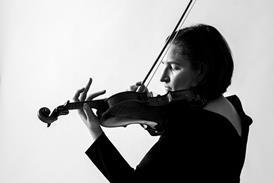
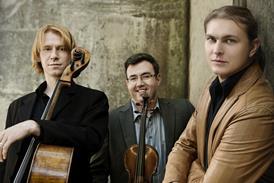

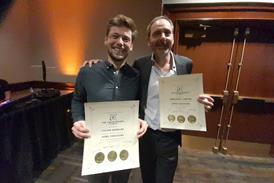

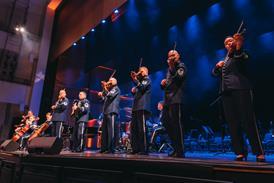
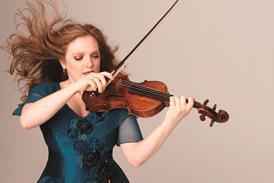







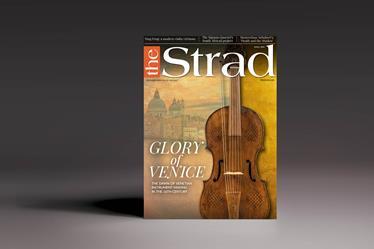
















No comments yet